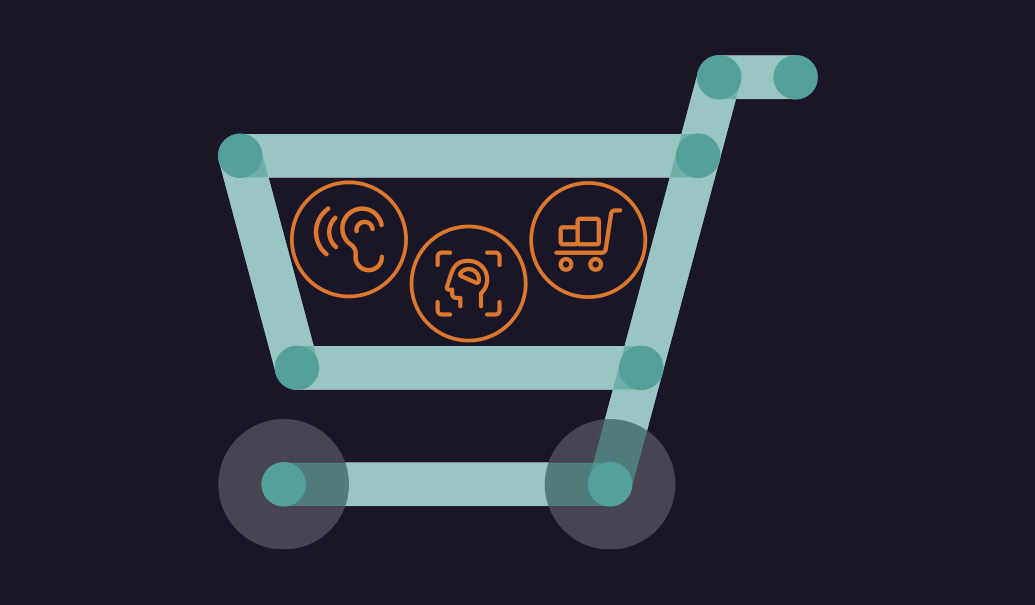For consumer brands, customer segmentation remains a critical part of their strategy to reach and meaningfully engage target audiences. The more companies can personalize marketing messages and tailor sales experiences based on a shopper’s behaviors, motivations, expectations and needs, the better able they are to deliver offers and product recommendations that convert. As segmentation techniques advance and business use cases evolve, the industry is approaching a paradigm shift.
“Consumers have been conditioned to expect online shopping experiences that are seamless and tailored to their unique needs and preferences.”
At ZS, we believe the combination of attitudinal-base segmentation and behavioral-based dynamic segmentation will take personalization to the next level. This innovative approach creates microsegments that account for recent purchases, shopping and browsing behaviors and advertising interactions. It enhances personalization and facilitates more expansive, ROI-driven marketing campaigns.
Why consumer brands need a new methodology
The current approaches to segmentation, whether strategic attitudinal segmentation or more personalized dynamic segmentation, often are conducted in silos. Yet there is a need to integrate these two approaches and leverage the strengths of both. Relying on broader strategic segmentation may overlook the personalization aspect at the individual consumer level, focusing more on the general needs and preferences of a particular segment. On the other hand, AI-driven dynamic segmentation may lack a holistic view of broader brand planning.
In other words: Strategic segmentation provides a high-level understanding of consumer attitudes and preferences. Dynamic microsegments generated with AI further refine these segments by accounting for specific channel and content preferences. This dynamic approach leverages findings from market research studies to align brand goals with ever-changing consumer expectations. It equips brands with effective marketing, targeting and optimized messaging to personalize at scale and consistently engage high-value shoppers.
Use case: A global apparel brand wanting to better understand target customers and their unmet needs to further enhance their product design and optimize marketing efforts could conduct attitudinal-based segmentation and further enhance it by designing microsegments to target the customers in a more dynamic manner, taking into account their channel and content preferences.
Use case: A hospitality leader with an attitudinal segmentation in place could integrate it with an existing consumer database. Incorporating behavioral aspects would yield real-time insights on customer needs around bookings the company could use to more effectively reach consumers and drive bookings.
FIGURE 1: AI-led strategic segmentation helps companies fully leverage first- and third-party customer data to drive sales growth.
Tracking success: The key performance indicators (KPI) to monitor
How do companies know if a particular campaign is fully optimized? By monitoring core parameters, they can use the data to fine-tune their segmentations and adapt how offers are personalized and presented. Operating at scale hinges on the ability to consistently engage with high-value shoppers. Marketers must continue to measure the brand’s health by monitoring several KPIs, including:
- Customer satisfaction. Gauge customer satisfaction with the feedback you receive and metrics such as your Net Promoter Score. This data helps determine if you’re effectively meeting customers’ needs and preferences.
- Conversion. Measure the conversion rate of segmented groups against non-segmented groups. This metric indicates how well campaigns reach consumers and lead them to a desired action. Pay special attention to products that are put in a shopping cart or added to a wish list and how often a purchase followed.
- Personalization. Metrics such as click-through rates or engagement rates for priority customer groups help assess the effectiveness of customized experiences.
- Retention. Monitor the retention rate of segmented customer groups compared to non-segmented groups. A higher retention rate among segmented groups also helps identify customers with higher brand affinity and revenue potential.
- Return on investment. Compare the sales or cost savings achieved from targeted marketing campaigns to the investment made in implementing and maintaining the new segmentation system.
A pivot to hyper-personalization may not seem immediate, but it’s inevitable
Consumers have been conditioned to expect online shopping experiences that are seamless and tailored to their unique needs and preferences. Brands that can deliver on these expectations are more likely to outpace competitors with higher sales and customer loyalty. The psychographic and business rules-based profiling that passes for strategic segmentation will soon be redundant as strategies based solely on it digress from expected results. Successful companies will be the ones who adapt and keep pace by enhancing their existing systems with AI-enabled hyper-personalized strategies.
Add insights to your inbox
We’ll send you content you’ll want to read – and put to use.















